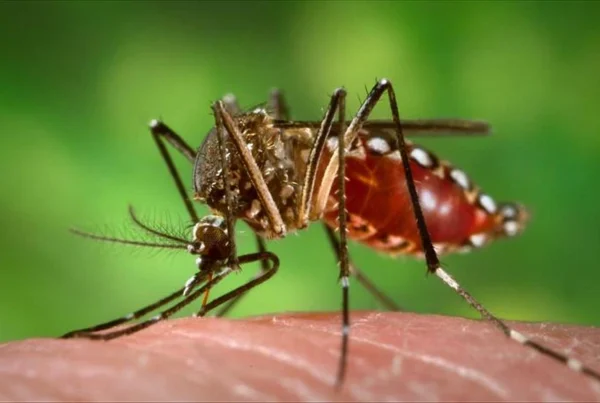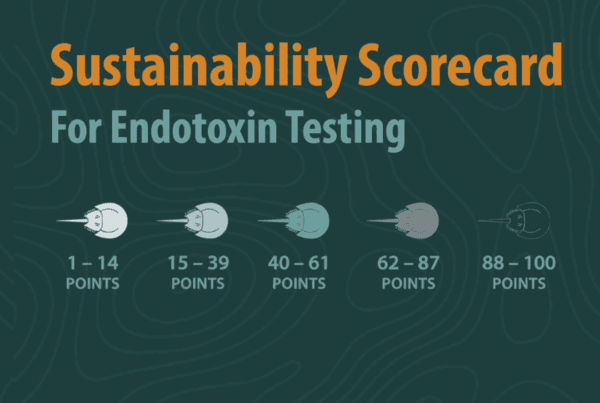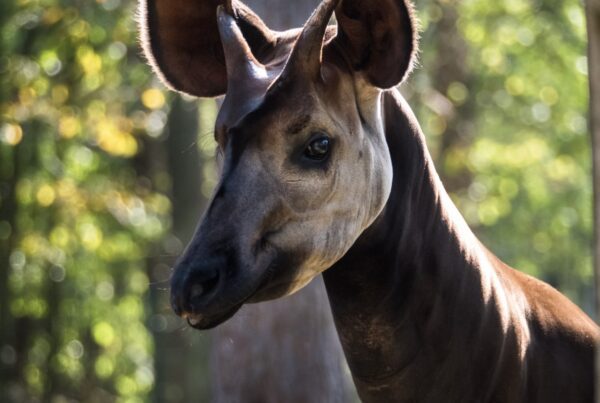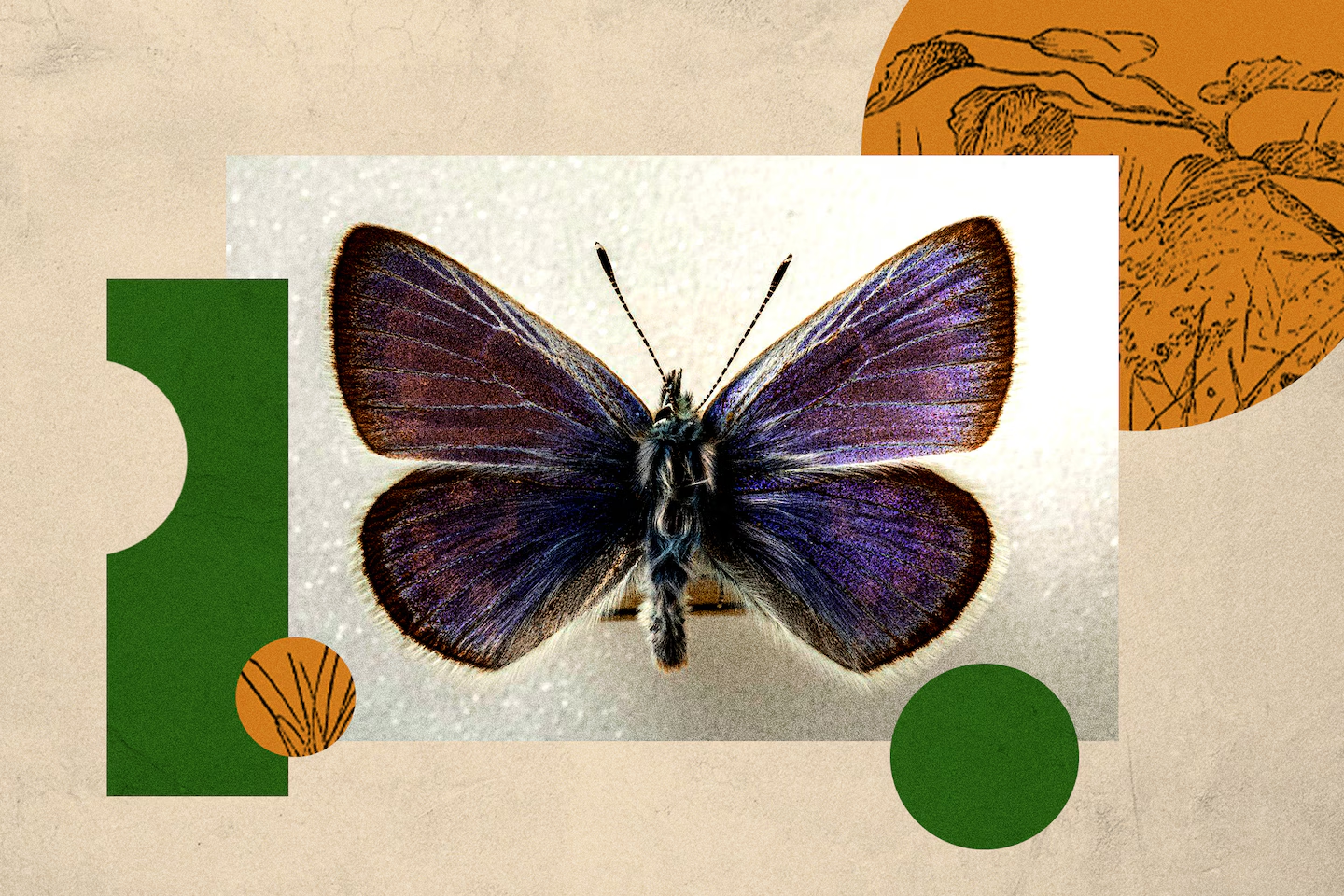
The Xerces blue butterfly vanished from San Francisco in the 1940s. Scientists just released dozens of butterflies from a related species to take its place.
Story by Dino Grandoni, Washington Post
Durrell Kapan propped himself on his elbows to inspect a shrubby plant. He peered through a monocular in search of a sign that a pioneering experiment to restore something missing from these coastal dunes in San Francisco was working.
The caterpillars he was trying to find are so small, he said, it’s like they’re “living in a different world.”
More than eight decades ago, a mesmerizing butterfly with iridescent cobalt wings and stunning spots called the Xerces blue vanished from San Francisco. When it disappeared, the Xerces became perhaps the most famous insect to go extinct.
So this spring, the California Academy of Sciences, where Kapan is a senior research fellow, and its partners released dozens of butterflies from a closely related species in the Presidio, a park along the water at the north tip of San Francisco.
Kapan was looking for any offspring of those released butterflies, surrogates he and his colleagues hope will fill an empty spot in this ecosystem.
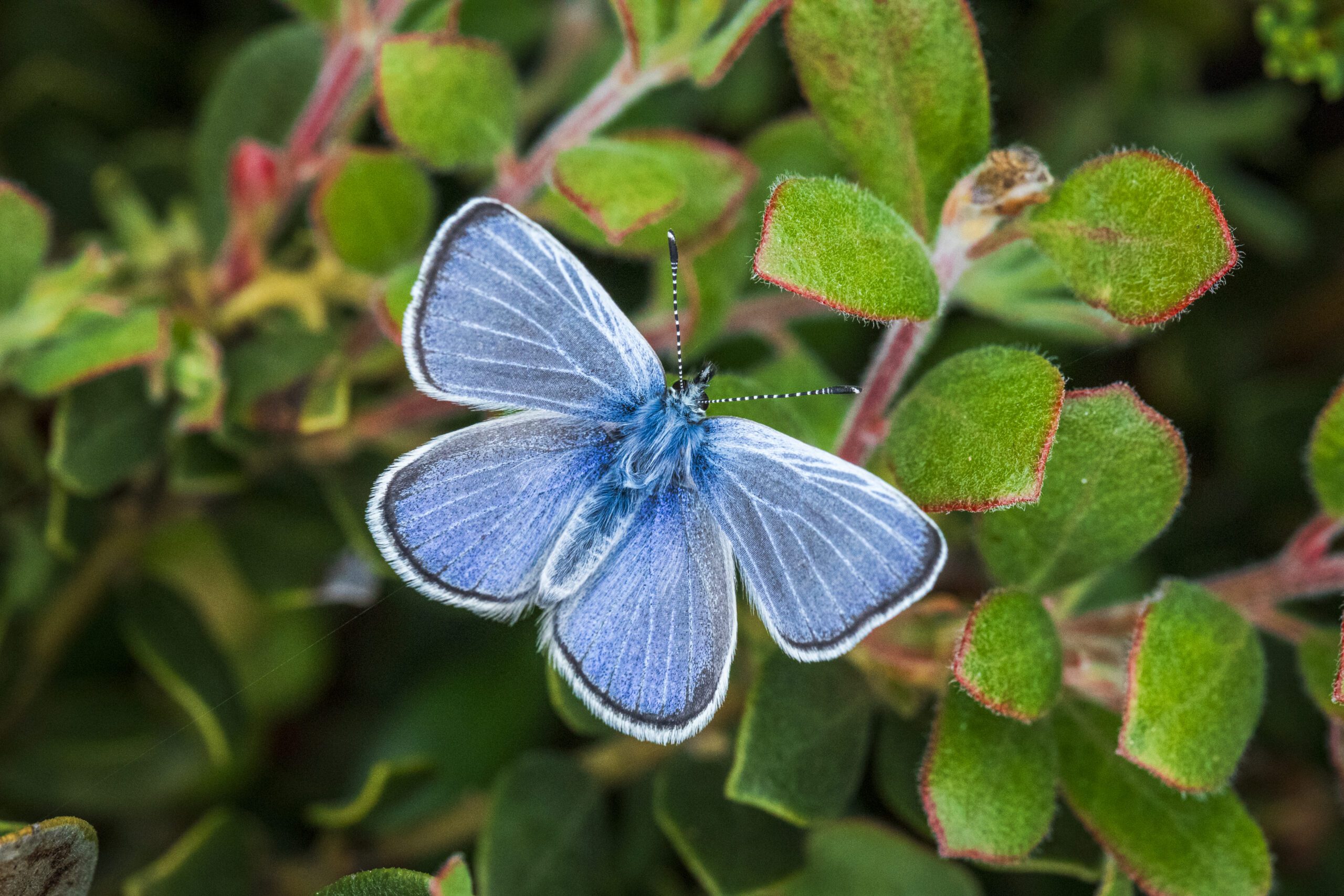
Silvery Blue butterfly (Glaucopsyche lygdamus)—the closest living relative of the extinct Xerces Blue butterfly (G. xerces)—released in the sand dunes of the Presidio in California in 2024 | © Gayle Laird
“This is a very powerful idea,” Kapan said: “the idea of a surrogate species for an extinct species.”
Amid a biodiversity crisis in which 1 million species may go extinct globally, humanity will increasingly face fraught questions: To restore ecosystems, should society replace animals that disappear? If so, what creatures should serve as surrogates for extinct ones? And could this become a roundabout way of bringing species back from extinction?
To find a Xerces stand-in, Kapan and his colleagues plucked DNA from the legs of Xerces specimens kept at the California Academy of Sciences and analyzed their genomes. Their analysis revealed that a relatively common butterfly called the silvery blue is a close relative.
So the team searched for silvery blues fluttering in habitats similar to the Xerces’ old foggy and sandy haunts in San Francisco. They found a match about 100 miles south in Monterey County. Both butterflies relied on the same plant, called deerweed, for laying eggs.
“It was a really good ecological match,” said Stu Weiss, a conservation ecologist who was a consultant on the project. “Probably the single most important thing for a butterfly reintroduction is to get the closest ecological match that you can.”
In April and May, researchers gently tucked some of the butterflies into coolers and fed them fruit-punch-flavored Gatorade on the ride to the city for release.
“It was really touching,” said Ryan Phelan, executive director of Revive & Restore, a nonprofit that partnered on the project. Holding a butterfly in the palm of her hand and placing it on a plant “felt like a religious offering.”
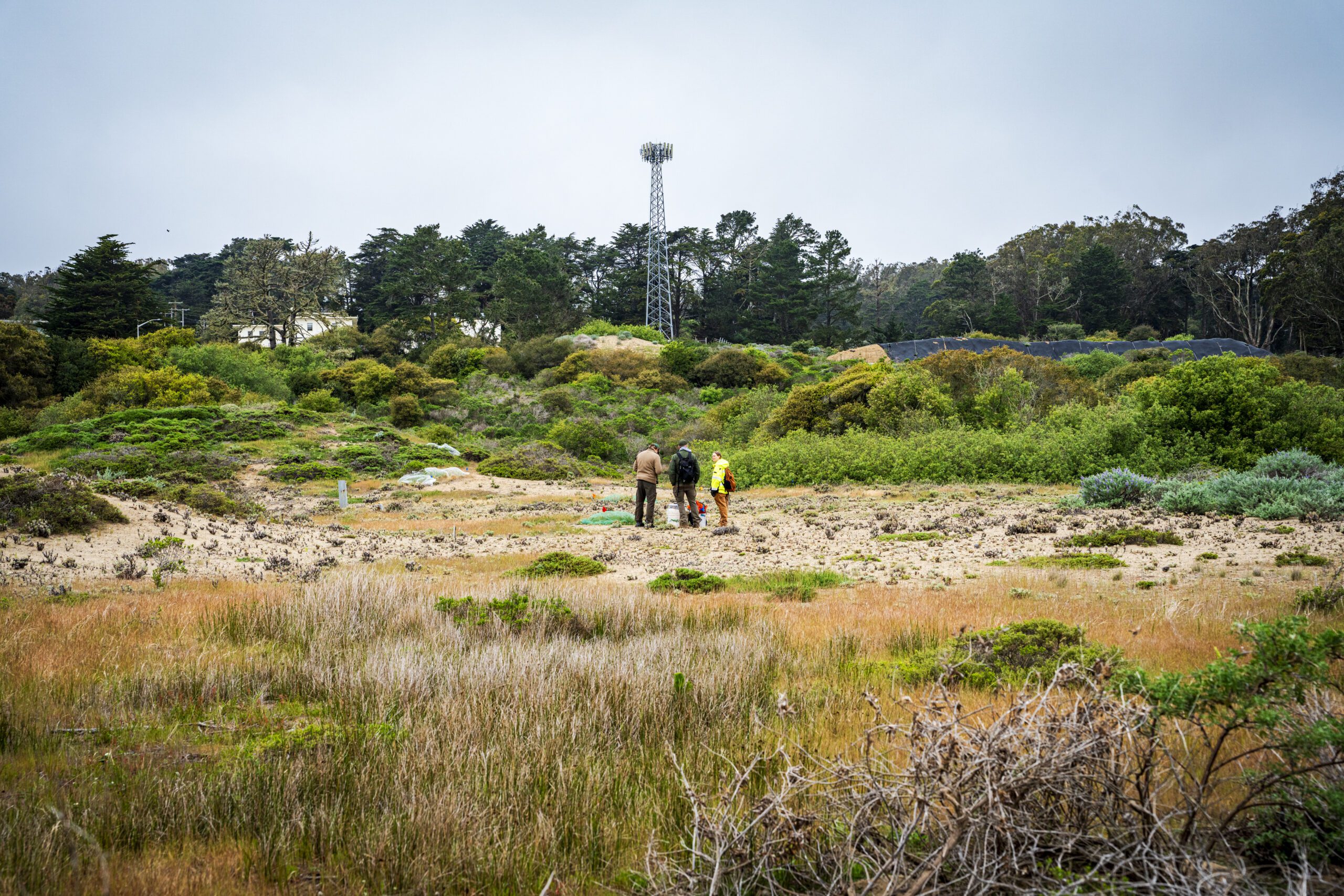
The butterfly’s successful release in San Francisco was made possible by the restoration of more than 50 acres of the Presidio’s dune habitat | © Gayle Laird
‘Reknit the web of life’
The silvery blue introduction is similar to past conservation efforts, according to Ben Novak, Revive & Restore’s lead scientist. The group is involved in even more ambitious work using genetic advances to bring back the passenger pigeon and other extinct animals.
Wolves roaming Yellowstone today were originally from Canada, he noted. Peregrine falcons soaring over East Coast cities descend from transplants brought from elsewhere.
“Whether or not there’s any butterflies seen next year will be the real key thing,” he said. “Butterfly reintroductions are hard.”
For now, scientists in San Francisco are waiting to see what happens next.
About the Project
This four-year project involved a collaborative team of scientists and park stewards from the Academy, Presidio Trust, Creekside Science, Golden Gate National Recreation Area, and Revive & Restore.
Funding for two critical stages of the project, initial gene sequencing and early fieldwork and later ecological niche modeling and butterfly translocations, was provided by Revive & Restore and the McGuire Center for Lepidoptera and Biodiversity at the Florida Museum of Natural History respectively.
More posts in News & Media
